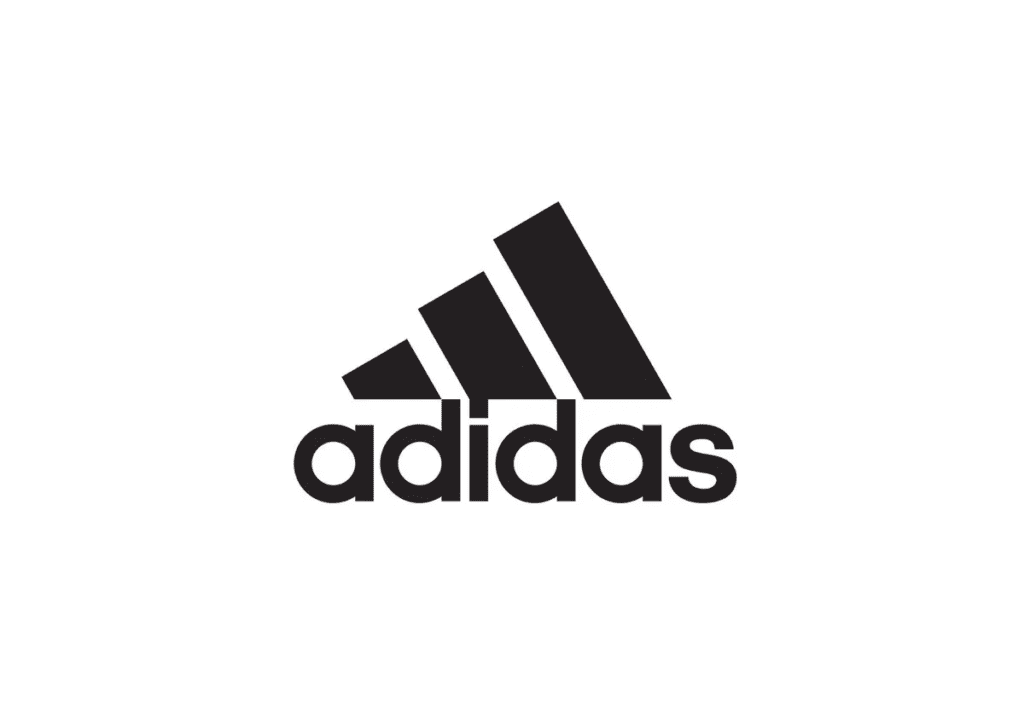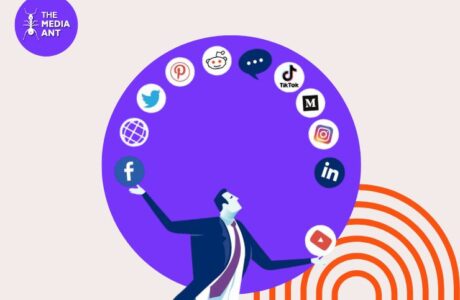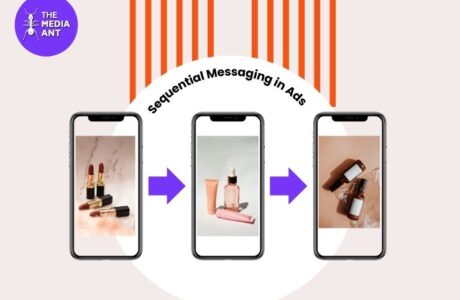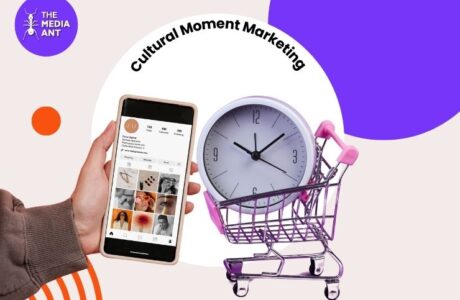In the ever-evolving world of sports marketing, we have seen a noticeable shift toward mobile-centric strategies in recent years. This change has been driven by the widespread use of smartphones, becoming our go-to devices for both information and entertainment. Sports brands have been quick to recognize and harness the power of this trend, making mobile marketing a cornerstone of their promotional efforts.
Now, let’s zoom in on the game-changer mobile apps. These little icons on your screen are more than just tools, they are powerful companions connecting sports brands with their fans in phenomenal ways. It’s not just about information anymore, it’s about real-time updates, exclusive content drops, and interactive features that bring fans closer to their favorite team, athletes, and even brands.
Think about checking your team’s scores on the go or receiving instant notifications about crucial moments during a match. That’s the magic of mobile apps—they’re not just keeping fans informed; they’re building a community of engagement. And it’s not only about the game; it’s about the story, the behind-the-scenes glimpses, and the shared excitement that builds an unbreakable bond between sports entities and their devoted fan base.
In this blog we will cover the layers of mobile marketing phenomenon within the sports industry, so grab your favorite beverage and get ready to dive into the world of sports and marketing.
What is Mobile Marketing?
Mobile marketing is any advertising activity that promotes products and services via mobile devices, such as tablets and smartphones. It makes use of features of modern mobile technology, including location services, to tailor marketing campaigns based on an individual’s location.
It is a way in which technology can be used to create personalized promotion of goods or services to a user who is constantly connected to a network.
Mobile usage is increasing and mobile phone users are expected to exceed the 7B barrier by 2025. Research conducted by GSMA (Global Systems Association for Mobile Communications) shows that by 2025, approximately 75% of mobile phone users will use smartphones. As of December 2022, the market share of mobile devices reached 60.29%, while the market share of desktop computers was 37.71%. The popularity of mobile devices and the growth of the Internet will lead to the growth of the mobile market.
Optimizing your website and apps is key to growing your digital presence. According to Think With Google, 63% of smartphone users prefer to shop from companies that have a mobile website or app. A mobile-optimized website improves user experience and increases customer acquisition potential. Therefore, a good mobile marketing strategy can help increase brand awareness by reaching the target audience anytime, anywhere, and at the highest cost.
The Power of Mobile Marketing for Sports Brands
The world of sports has gone mobile, and so should your marketing strategy. In the hands of millions of passionate fans, smartphones are more than just communication devices; they’re gateways to the entire sporting universe. Sports brands that leverage mobile marketing effectively can unlock a powerful avenue for:
1. Reaching a Highly Engaged Audience:
Sports fans are notoriously loyal and active mobile users. They’re constantly checking scores, consuming content, and engaging with their favorite teams and athletes. Mobile puts your brand right in their pocket, ensuring immediate access and visibility.
2. Building Deeper Fan Relationships:
Mobile marketing allows for personalized experiences. Push notifications about game updates, exclusive offers, behind-the-scenes content, and interactive polls can foster a sense of community and belonging.
3. Driving Sales and Conversions:
Mobile wallets and in-app purchases make buying merchandise and tickets seamless. Targeted ads and promotional campaigns can entice fans to buy directly from their phones, boosting revenue and brand loyalty.
4. Boosting Brand Awareness and Advocacy:
Social media integration and shareable content encourage fans to become brand ambassadors. User-generated content campaigns and interactive features can create a viral buzz and amplify your reach.
5. Enhancing the Live Experience:
Augmented reality (AR) and virtual reality (VR) experiences can bring fans closer to the action. Imagine viewing replays from different angles, exploring the stadium virtually, or participating in interactive games during halftime.
Adidas Case Study

Adidas, a global powerhouse in sports and lifestyle, maintains a network of around 2,000 brick-and-mortar stores worldwide, leveraging mobile technology for sustained growth. Founded in August 1949 by Adolph (Adi) Dassler, the brand has successfully blended traditional and digital approaches, with a significant chunk of its revenue still flowing in from physical stores despite a robust e-commerce presence, reporting $1.4 billion in net sales as of 2022.
In acknowledgment of the enduring significance of in-person experiences, particularly for products like footwear, Adidas embarked on a mobile marketing campaign in 2013 to spotlight its Originals collection. This line, fusing vintage clothing and retro shoes with ’70s and ’80s designs, set out to achieve three primary goals: drive sales to brick-and-mortar outlets, quantify the value of mobile-to-in-store conversions, and showcase the incremental value of the mobile channel.
Teaming up with digital performance agency iProspect, Adidas orchestrated a multifaceted mobile marketing campaign. Featuring video ads with celebrities like Nicki Minaj, a robust social media presence across platforms, and strategically placed banner ads, the campaign aimed to engage consumers and encourage in-store interactions. Targeted banner ads invited users to exclusive events, such as the “Light You Up” light show with soccer star Lionel Messi.
The initial assessment model, drawing on internal data from both Adidas and iProspect, predicted a 20% conversion rate from the mobile store locator page to physical store visits. Considering in-store conversation data, an estimated 13% of shoppers were expected to make purchases, with an average order value of $71. Recognizing mobile searches as a clear intent to make in-store purchases, iProspect applied a 20% conversion rate and an $80 average order value.
The outcomes were impressive, with a confirmed 20% conversion rate and a substantial 680% incremental increase in Return on Investment (ROI) from the mobile marketing campaign. These findings not only validated the efficacy of mobile marketing in driving in-store visits but also highlighted the significant value it added to Adidas’ overall business. This case study stands as a testament to the strategic role of mobile marketing in enhancing traditional retail experiences and maximizing ROI for forward-thinking brands.
Conclusion
In the realm of sports marketing, the key is simple: Game On, App On. Exploring the exciting world of mobile marketing for sports brands, it’s clear that strategic app use can transform the game. From boosting fan engagement to driving in-store visits, mobile marketing stands out as the star player for brands wanting to stay on top. The Adidas case study shows the incredible results when a sports giant embraces mobile innovation, seamlessly connecting with consumers and elevating the overall experience. The takeaway is clear—sports brands should tap into the magic of mobile marketing to create a winning strategy and stay ahead in the ever-changing sports landscape.





